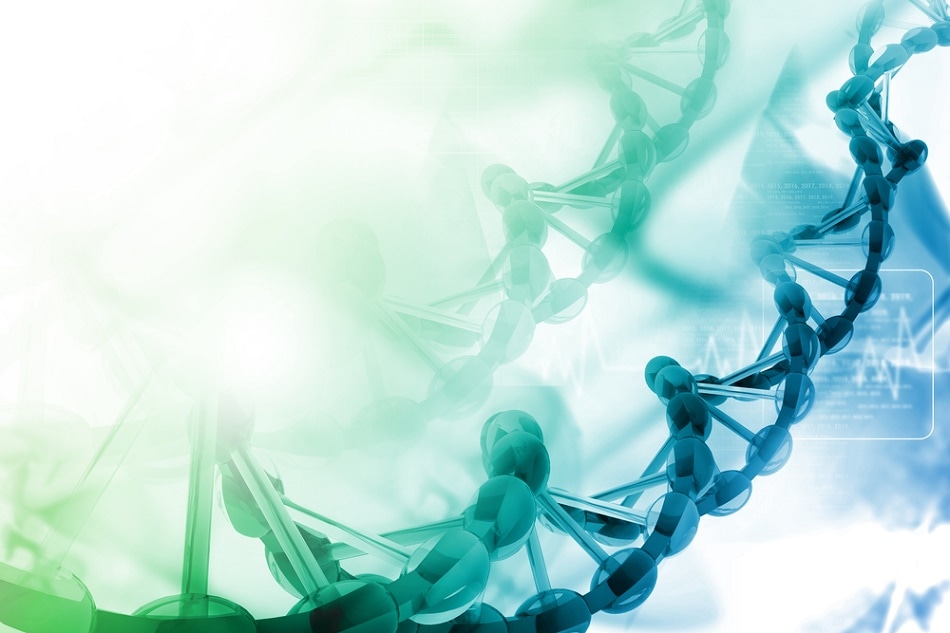Mar 14 2017
 hywards/Shutterstock.com
hywards/Shutterstock.com
Chemists at New York University have produced self-assembled, 3D DNA crystals that can bind a separate, dye-bearing strand - an innovation that improves the functionality of these miniature building blocks, offering promise for the formation of improved synthetic chemistry. This research effort has been reported in the Nature Chemistry journal.
The work shows that we can change the contents of a crystal by adding moveable components a billionth of a meter in size.
Nadrian Seeman, Professor, Department of Chemistry, NYU
Earlier, Seeman and his colleagues developed self-assembled, 3D DNA structures as well as 2D DNA structures that can also adopt a variety of shapes. The breakthrough published in Nature Chemistry reveals that “what could previously be done only in 2D systems can now be done in 3D systems,” he observes. “The internal contents of crystals can be manipulated after they are formed.”
Specifically, the development boosts the possibility of “scaling up” nanomechanical devices - in 3D, these creations can probably be more intricate and sophisticated than their 2D counterparts.
We can now move on to controlling nanomechanical assembly lines using the same approach.
Nadrian Seeman, Professor, Department of Chemistry, NYU
The authors showcased a small-scale 2D assembly line some years back.
As reported in Nature Chemistry, the chemists combined a self-assembled 3D DNA crystal with a strand bearing either red or blue colored dyes. They began with a clear crystal, which they were eager to bind with either a blue-dye-bearing or a red-dye-bearing strand.
In both cases, the linkage was successful: when the 3D DNA crystal merged with the red-dye-bearing strand, the crystal turned red; when the red-dye-bearing strand was removed and it was merged with the blue-dye-bearing strand, the crystal turned blue. This cycle, using varied-colored strands, can be repeated a number of times, the researchers discovered.
We can change the state of a crystal after it has been self-assembled by adding and removing strands. The colors just show that we can do it.
Nadrian Seeman, Professor, Department of Chemistry, NYU
This research was supported by grants from the National Institute of General Medical Sciences (GM-29554), the National Science Foundation (CMMI-1120890, EFRI-1332411, CCF-1117210, CCF-1526650), the Army Research Office (MURI W911NF-11-1-0024), the Office of Naval Research (MURI N000140911118), the U.S. Department of Energy (DE-SC0007991), and the Gordon and Betty Moore Foundation (GBMF3849).